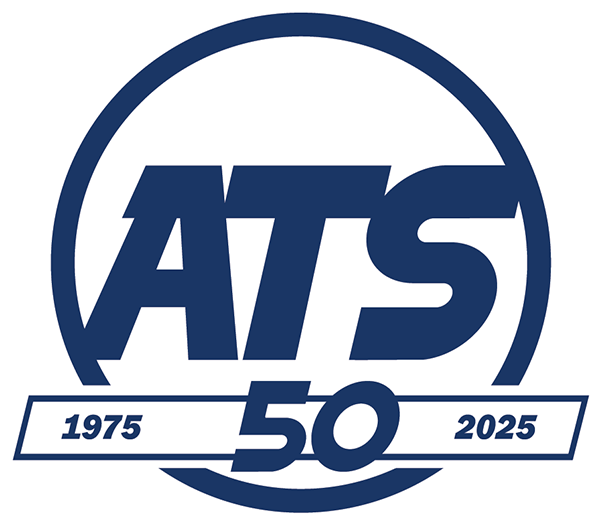8 Spring Cleaning Tips for Your Office Computers
March 1st, 2017 by admin

When it comes to your office computers, a little bit of spring cleaning goes a long way. Sure, cleaning office computers can seem tedious. But think of it like preventative maintenance on a vehicle: In the best-case scenario, you'll never know all the breakdowns you avoided.
Keeping your office computers clean and healthy minimizes your risk of downtime and increases productivity.
Here are 8 tips for your next round of spring cleaning:
1. Update All Software
Run updates and patches for the operating system, commonly used programs, and security software on every system. Program and operating system updates don't just add features; they're loaded with security updates that keep your devices safe. Most problems with computer security exploits stem from outdated software that allows hackers to break through established breaches that the developer already closed, so running updates and patches is your best line of defense.
2. Run a Full Anti-Virus Scan
After updating all the software on the computer, run a full anti-virus scan to catch any malicious software hanging out on the device. Active anti-virus protection does a good job of safeguarding the system against infections, but sometimes malware slips through the cracks.
3. Run a Full Anti-Malware Scan
Anti-virus programs go after specific, high-risk malware infections, meaning lower-level malware can still find its way onto your computers. Anti-malware programs including Malwarebytes and Spybot are better equipped to identify and remove malware that the anti-virus misses.
4. Defragment the HDD
Older PCs with traditional Hard Disk Drives (HDDs) may experience load time improvements from an annual drive defragmentation. However, newer Windows systems—and all currently supported Mac OS versions—handle this process in the background, so you don't need to worry about it. If the computer is running a Solid State Drive (SSD), do not bother with the defragmentation process.
5. Remove Unnecessary Launch Programs
It may seem like every program installed on your computer wants to launch itself at startup—even those you rarely use. Removing unnecessary programs from the system startup can help improve performance and reduce login times. Windows 10 features a handy "Startup" tab on the Task Manager that lets users quickly toggle which programs launch with the system.
6. Check and Create Restore Points
Restore points can be a major time saver in returning a compromised computer to full operation. Restore points reverse most of the damage caused by malware and bad configurations, all with minimal effort. Check whether the computer is already using them, and create one if it isn't.
7. Run a Full Backup
Backups are like restore points for when very bad things happen to a computer. It's best practice to make at least two backups of a given computer's files, and store them in different physical locations. This ensures that in the event of catastrophic loss, all the data saved on the computer up until the backup point is preserved. Mashable recommends verifying if automated backup services like Time Machine and Windows Backup and Restore are actually working.
8. Bust Dust on Desktops
This part of the spring cleaning process is literal. As we've previously discussed, excessive dust inside a computer obstructs airflow, which can cause crashes due to overheating and even damage components. CNET has a helpful guide on how to go about the dustbusting process.
A little spring cleaning makes for a more efficient office and stronger disaster recovery. The expert desktop support and management staff at ATS is ready to help your workplace in San Mateo, San Francisco, the South Bay, and other Bay Area cities implement better practices. Contact us today for more information.

